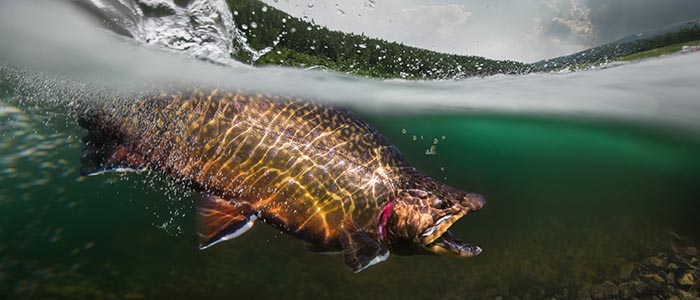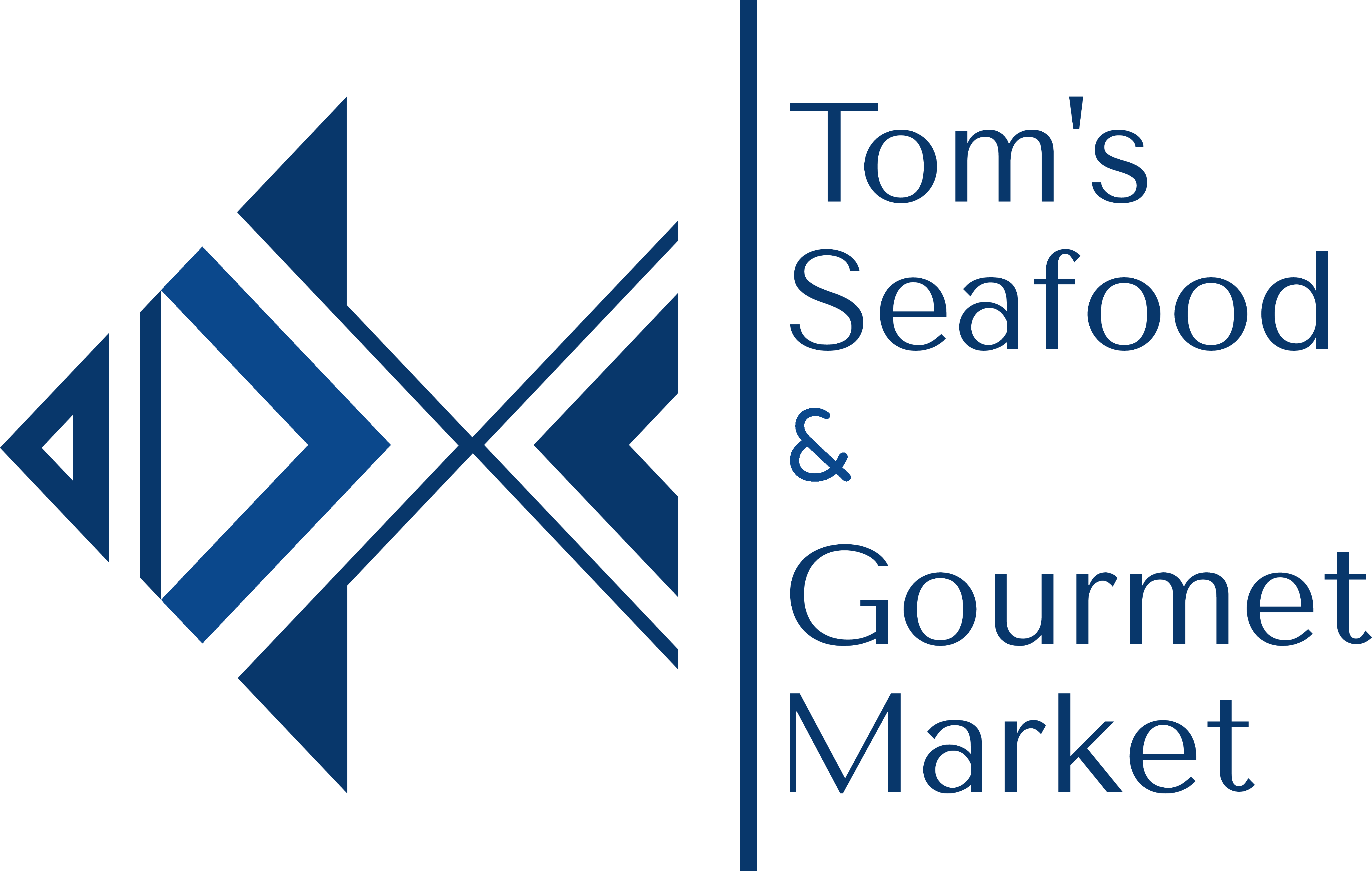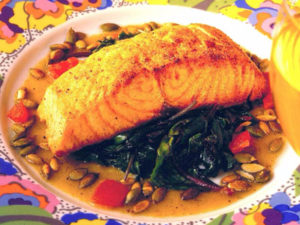
The Differences Between Wild-Caught and Farm-Raised Salmon
Salmon is loaded with nutrients, weight-loss friendly, easy to prepare, and incredibly delicious and versatile. As the population of salmon-lovers grow, so has the demand and wild caught populations of this fish can no longer support that demand.
Enter aquaculture – a fancy-sounding word for fish farming. Fish farming provides for over 70% of global salmon consumption. But the question arises – is wild salmon better than farm-raised?
As with most things, there are two sides to every argument. Setting aside the fact that there are five different types of salmon and different types of salmon from different regions contain different amounts of nutrients, fats, etc., let’s try to break down some of the differences to consider.
Feed
Wild salmon eats organisms found in their natural environment – oceans, lakes, streams. Farmed salmon is typically fed a high-fat feed to produce larger fish.
Environment
While it was true in years past, farmed salmon contained more contaminants than wild salmon (caused by the close quarters in which farmed salmon were raised). There have been great efforts made by quality fish farmers to mitigate this problem. You should feel comfortable in the fact that the FDA has deemed the small levels of contaminants found in farmed salmon safe for human consumption.
The Food and Drug Administration has also gone on record saying that there is no reason to not consume farm-raised fish, since the contaminant level they deem “worrisome” is 55% greater than what’s being found in farmed salmon on the market today. Additionally it’s been noted that the majority of the contaminants are found in the skin – and most consumers do not eat that part of the fish.
Wild salmon has also gotten a bad rap in the past because of elements that can be found in their natural environment. Remember the seafood/mercury scare? Wild salmon was reported to have three times more mercury than farmed salmon.
Also you should note that geographic regions play a role in mercury content in BOTH wild and farmed salmon. Additionally, be advised that salmon is on the spectrum of “low mercury count” fish.
So maybe you think that you know which is better now that you have some facts. Read on:
Nutrition
One might wonder if the healthy benefits of eating ANY salmon outweigh any health risks?
Here are a few facts to consider:
1. CALORIES – Wild salmon has 32% fewer calories than farmed
2. PROTEIN – both contain an ocean of protein!
3. FATS – There is 13 grams of fat in the wild portion – 27 in the farmed portion.
4. SATURATED FATS – Farmed salmon has 3x the amount of saturated fats.
5. CHOLESTEROL – these are the same in either fish
6. IRON – Wild salmon has over double the amount of iron.
7. VITAMIN C – Farmed salmon has 13% – wild caught has 0.
8. CALCIUM – Wild contains a bit more.
But here’s where things get really interesting: on the much talked about Omega-3 and Omega-6 oils – farmed salmon offers more. (SIGNIFICANTLY more in the Omega-6 arena — 1944mg vs 341mg per average half filet of 3.5 ounces!)
What does that mean to a salmon eater? Omega-3s appear to reduce fatty plaques on the inside of your heart’s artery walls, decrease clotting, decrease triglycerides (blood fat) and increase your HDL (the “good” cholesterol). They are also thought to reduce inflammation.
Omega-6 oils are equally important. These are thought to help fight diabetes, reduce LDL (the “bad” cholesterol) and maintain bone health, regulate metabolism, promote brain function, and support the reproductive system.
So now which way are you leaning?
Cost
In general, wild salmon is going to be more expensive, especially early in the season. Is wild salmon really worth spending more on? Depends. If you’re pregnant, feeding a small child, or a person of advanced years, maybe. It’s always better to err on the safe side; and some experts recommend that these groups only eat wild-caught salmon.
But the fact remains that everyone agrees that eating fatty fish, such as salmon, once or twice a week is great for optimal health.
So what’s a salmon lover to do? Simple – purchase your fish, whether farmed or wild, from a trusted, knowledgeable source.
The bottom line is this: if wild salmon is easily accessible to you – then that’s a great option. But since wild caught salmon is not always available, farmed salmon is still a delicious, healthy choice!




